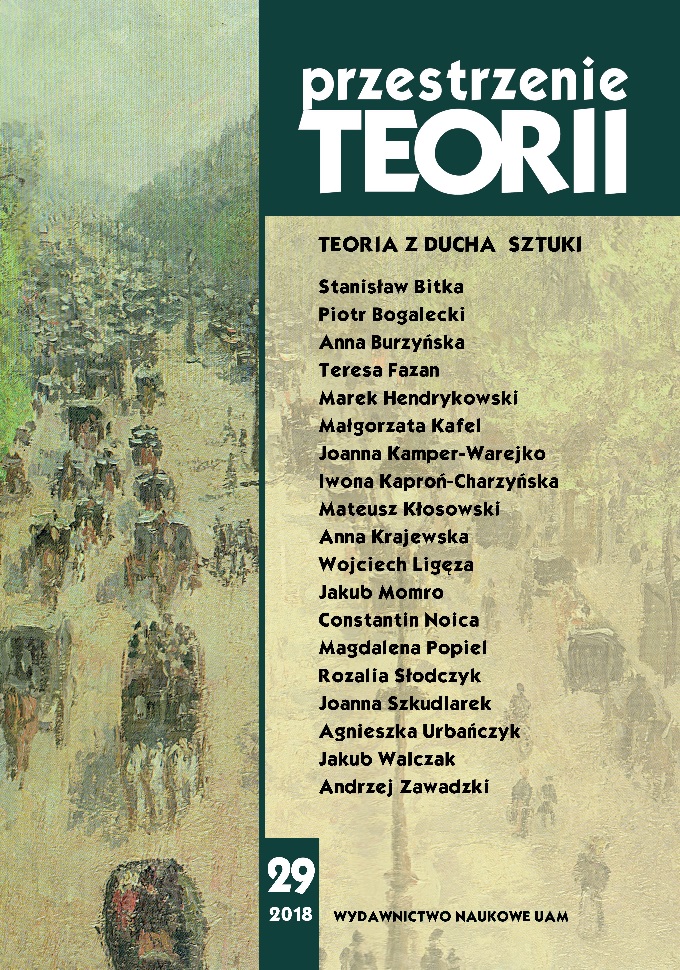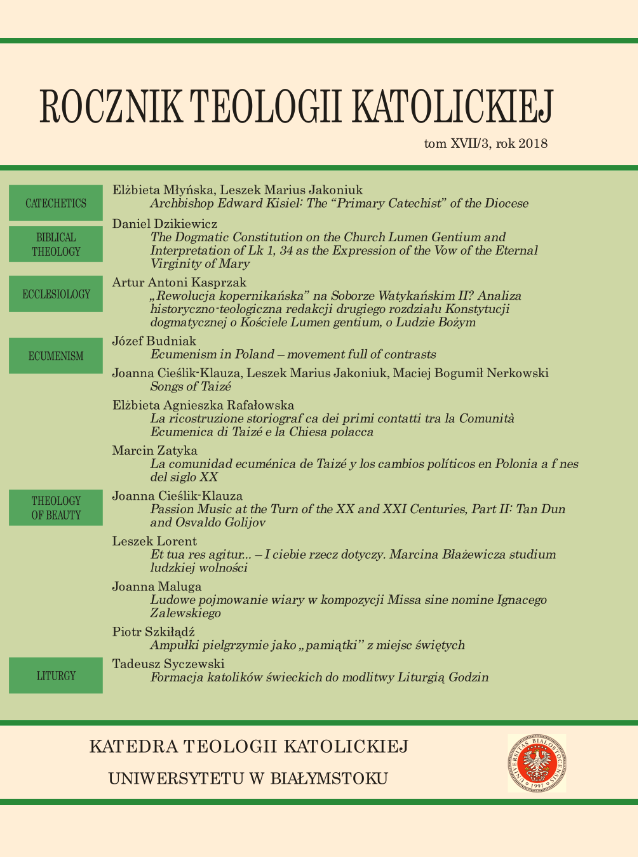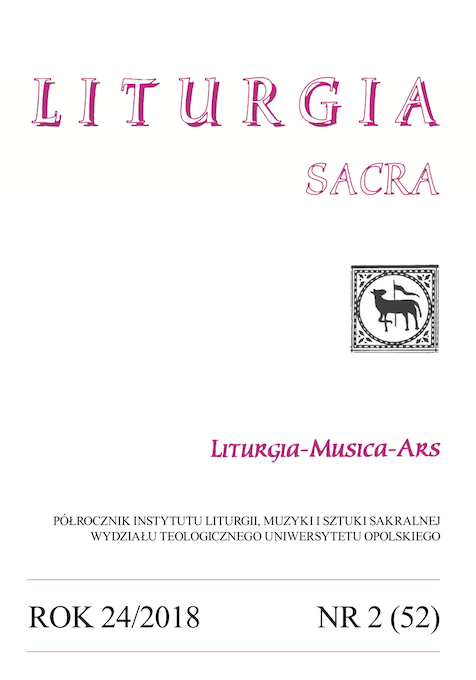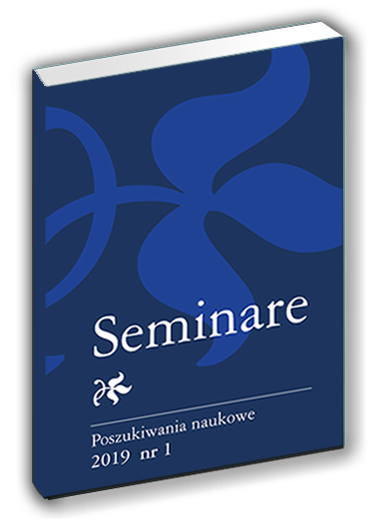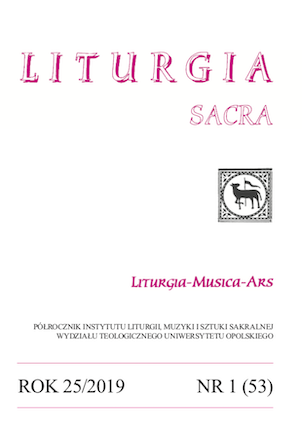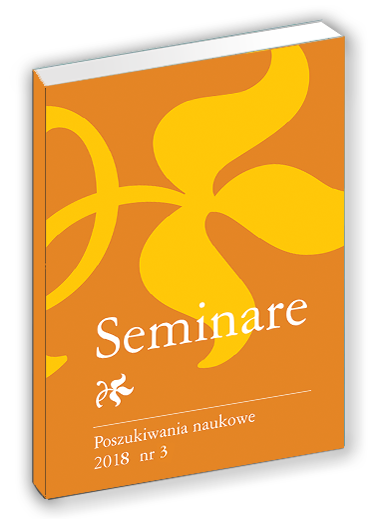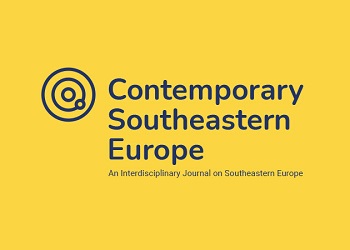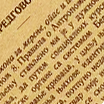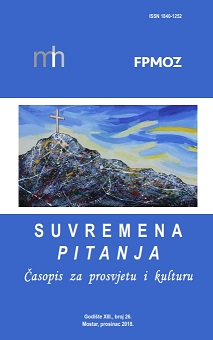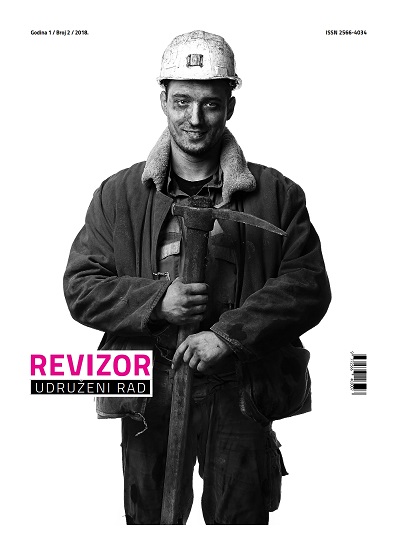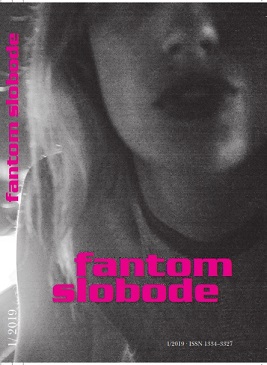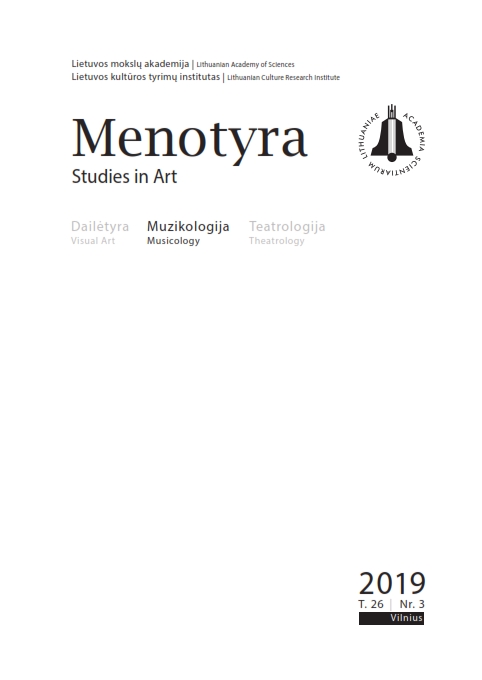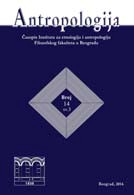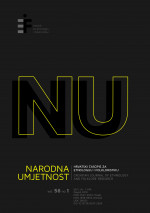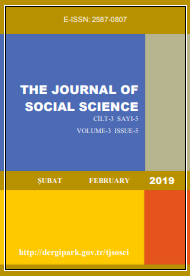
ESKİ MISIR KRALLIK DÖNEMLERİNDE SANAT VE MÜZİK KÜLTÜRÜ ÜZERİNE KISA BİR İNCELEME
The eastern lands, where the first civilizations arose, are considered the cradle of world civilization. One of the centers of these civilizations, which made a significant contribution to the formation of world culture, is the Mediterranean region. The natural wealth and social conditions of this geography provided a suitable basis for the emergence of the first civilizations. One of the greatest inherited from the past is undoubtedly the ancient Egyptian civilization. Egyptian civilization differed from neighboring cultures with its original and innovative structure. In the light of many historical documents, the influence of the rich Egyptian culture on the surrounding states is noticeable. Together its antiquity, it also attracts attention with periods of the kingdoms and continuity in time. Musical acts that occupy an important place in the life of Egyptian society, and ritual dances are vivid evidence of the existence of the effect of the old faith that existed since prehistoric times. As in other ancient Eastern civilizations, the close connection of music with poetry and dance is considered to be the main feature of Egyptian culture. Here also is the origins of the ancient Egyptian drama. With the help of the research, it was possible to recognize the musical instruments of those times, and also as a result of a detailed study of the instruments, to obtain information about the features and character of the music of that time. Over time, along with developments in the field of art and music, culture takes on a slightly different character. In this paper, in the context of the first civilizations, studies were conducted on the art and musical culture of the ancient Egyptian kingdoms, defining their goals and functions. The purpose of this course is to give general information about the arts, musical genres and instruments belonging to the kingdom period, and to explain the use of dance and music in Egyptian civilization, their role in religious and everyday life.
More...
